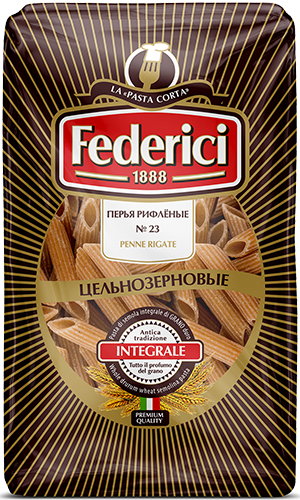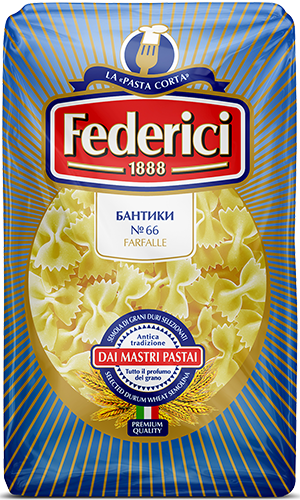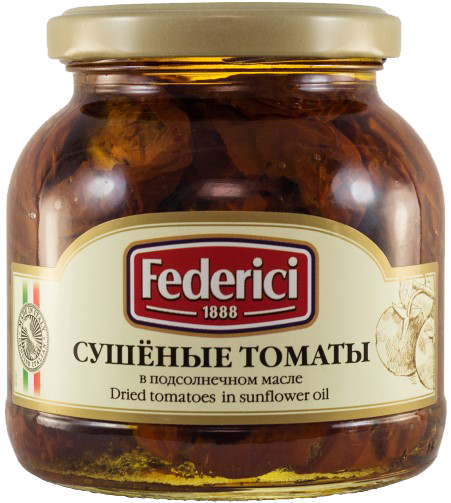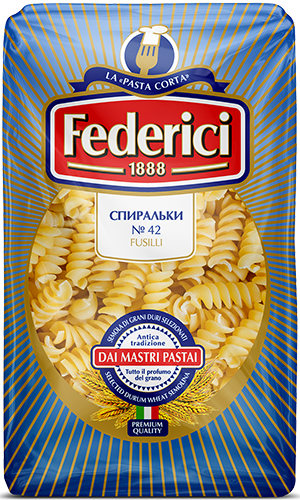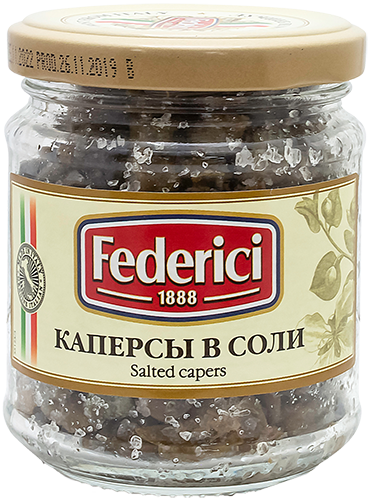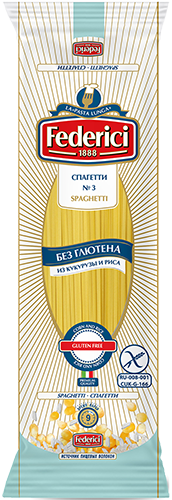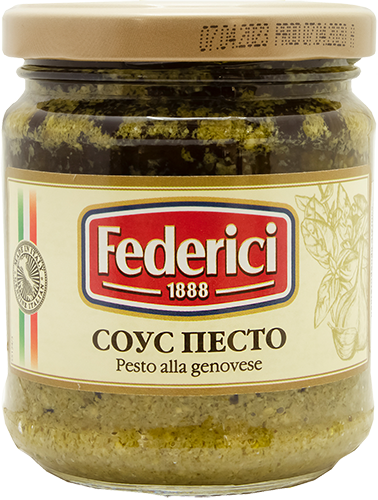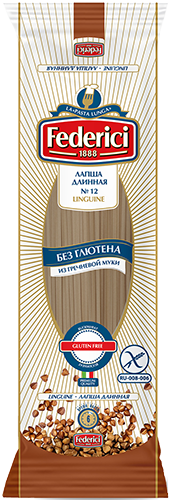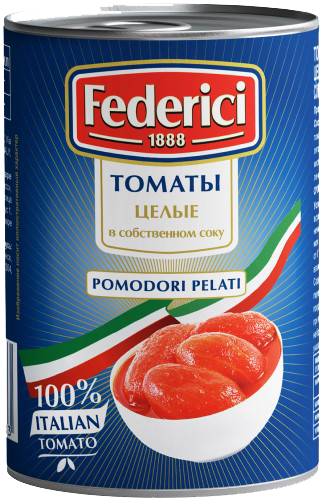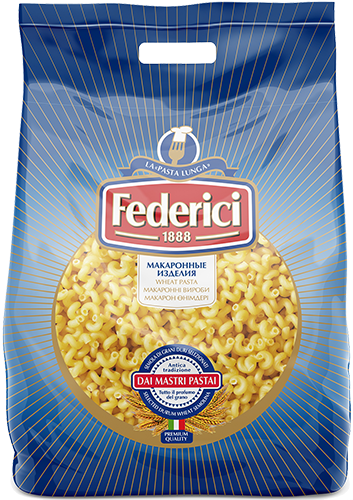


Fresh, homemade pasta is the best way to enjoy the flavors of a classic carbonara or penne all’arrabbiata. Most people who prefer to cook Italian dishes at home head to the supermarket and buy one of the many varieties of dried pasta. This is a simpler and more practical choice. But making fresh pasta at home has its advantages:
Fresh, homemade pasta doesn’t require prolonged rehydration during cooking. Therefore, it can be made thinner than regular dried pasta. This means the pasta will cook faster and be softer, allowing you to savor the full range of flavors.
Fresh pasta has a different flavor than dried pasta. The binding agent in it is eggs, not water, which can significantly affect the texture and flavor of the finished dish.
While dry pasta is a good accompaniment to large pieces of vegetables, meat, or fish, fresh pasta is best complemented by cheese, cream, or tomato sauce.
Step-by-step instructions for making homemade pasta
Homemade pasta recipes are quite simple. If you want to make 4 servings of fresh pasta, you will need:
- T00 pasta flour – 500 g. This is a high-quality product made from soft wheat. Type 00 means the flour is finely ground, maximally airy, and elastic in the dough. You can also use a 1:1 mixture of soft and durum wheat semolina flour for homemade pasta;
- salt;
- eggs – 10;
- olive oil, which is added to the water to prevent the pasta from sticking during cooking.
Next, we prepare the pasta dough step by step. To make this dough, you’ll need:
- Sift the flour onto a clean work surface and add a pinch of salt;
- Beat 6 egg yolks with 4 full eggs;
- Make a well in the center of the flour and pour in the beaten eggs, gently mixing the ingredients;
- Knead the dough with clean hands for 10 minutes, then form it into a ball, wrap in plastic wrap, and refrigerate for at least 1 hour;
- Remove the plastic wrap from the chilled dough, cut it into small pieces, flatten them, and roll them in flour;
- Pass each piece of dough through a pasta machine to create thin sheets that can be used for lasagna, cut into thin strips, or formed into pasta shapes.
If you don’t have a laminating machine, you can make pasta at home with a regular rolling pin. Of course, making very thin pasta, like tagliatelle, requires a little more time and effort. To do this, roll the dough as thinly as possible several times, dusting it generously with flour each time. Fold the dough several times and roll it out again (do this about 5-6 times). Then, when the dough is very thin, cut it. To make lasagna noodles, simply cut out equal rectangles to fit the prepared pan. For tagliatelle, roll the dough toward itself, then cut into thin strips. For short pasta, make 5cm-wide strips, stack them on top of each other, and cut the noodles thinly.
Before cooking, homemade pasta should be allowed to dry for one hour. While drying, prepare the sauce to serve with the finished dish. Fresh pasta is cooked in a pan of boiling water with a little olive oil. Carefully place the pasta in the water and stir, preventing it from sticking or deforming. After 3-5 minutes, the pasta will float to the surface. This means the pasta is al dente and should be drained immediately.
You can add variety to your homemade pasta by serving it with a variety of sauces and by making the dough in different colors. Natural dyes are a good choice for this: green from finely chopped spinach, dark (cuttlefish ink), or bright orange (turmeric and curry). Prepare homemade pasta using both traditional recipes and your own imagination. The key to a successful dish is a neat presentation and a sauce that complements the delicate texture of fresh pasta.
Our products
Мы стремимся предложить Вам наилучший сервис при работе с нашим сайтом. Для этого мы собираем и храним информацию о Вашем посещении сайта. Так называемые cookies. Файлы cookies не собирают и не хранят никакую личную информацию о Вас. Используя этот сайт, Вы даете согласие на использование cookies. На данном этапе Вы можете отказаться от использования cookies, настроив необходимые параметры в своем браузере.
